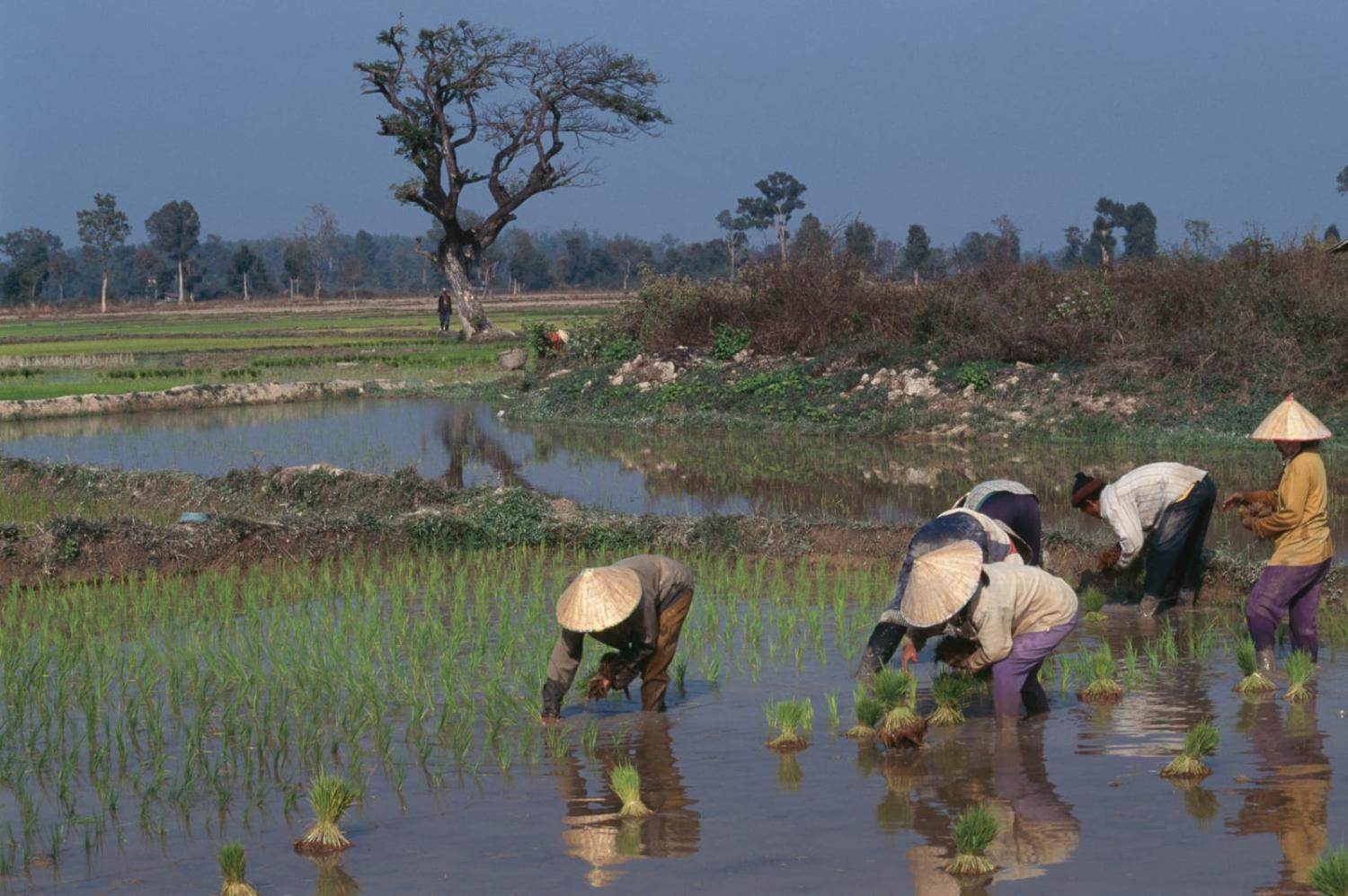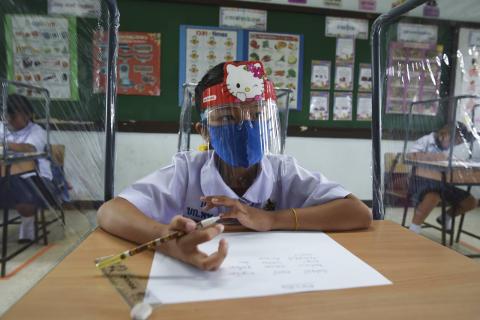One of the smallest and most sparsely populated nations in Southeast Asia, the Lao Peoples’ Democratic Republic (Lao PDR, or Laos), a mountainous, landlocked country wedged between Vietnam, Thailand, and China, has long grappled with challenges associated with supplies of food. A recently released Food and Agriculture Organisation/World Food Program joint report warns that food insecurity continues to increase in Laos, last year affecting more than a million people out of the 7.2 million population.
Despite the Laos agriculture sector accounting for more than 16 per cent of the gross domestic product, and with nearly four out of every five people in the country engaged in farming, primarily smallholder rice cultivation, local production is still not enough to meet domestic consumption.
Agricultural production issues are manifold and interlinked. Land, water and soil concerns hinder productivity. Estimates suggest that under 10 per cent of the country’s land is classified as arable and around one-fifth is irrigated. Declining soil fertility and unsustainable farming practices further decrease yields.
Laos’ geographic location and mountainous terrain combined with the absence of adequate infrastructure (such as road networks) make it challenging to access both domestic and international markets. The country is highly vulnerable to extreme weather events, which can wipe out fields of crops and cause livestock loss. As a result, Laos is forced to rely on imported agricultural produce.
Yet amid the Ukraine-Russia conflict which has sparked widespread concern about global food supplies and competing demands for limited grains from other agricultural powerhouses, there are measures that Laos can take to boost domestic production and increase self-sufficiency in the long term. Doing so can help avoid the persistent reliance on imports, which continue to make Laos vulnerable to price fluctuations and disruptions in global food supply chains.
First, by encouraging agricultural diversity. Most farmers are engaged in low-productivity, smallholder rice cultivation. So, crop failure or pest outbreaks affecting rice can cause significant food shortages, price volatility, and greater reliance on import.
Second, Vientiane must invest in rural infrastructure. Due to remoteness, people living in scattered communities throughout the countryside face challenges in accessing essential services as well as transporting and accessing food. Roads, irrigation systems and storage facilities are crucial for improving farmers’ access to markets and reducing post-harvest losses. Doing so additionally supports the efficient transportation of agricultural products from rural areas to urban areas, while reducing food waste.
Third, agricultural policies and governance should be strengthened. Aside from improving coordination between government agencies responsible for agriculture and related areas, Vientiane may seek greater involvement of farmers and stakeholders in the policymaking and implementation processes to ensure that food security-related policies benefit them.
To support these efforts, smallholder farmers can receive greater support. As poverty and limited access to resources hinder their ability to improve productivity and invest in sustainable agricultural practices as well as different crops, it is essential to provide farmers with access to credit and insurance so they can invest in their farms. To achieve this, Laos may look to other countries in Asia, such as Singapore, Japan, and Australia, which have enacted policies and regulatory frameworks that prioritise food security, domestic agricultural production, and rural development.
Fourth, Laos should expand its work with foreign governments and international partners. While Vietnam has supported irrigation and food security efforts in Laos, Vientiane may strengthen bilateral relations with other countries as well as through existing multilateral initiatives and international organisations such as the European Union. Australia can also play a role in supporting food security efforts in Laos by “exporting” climate resilience strategies and introducing drought-tolerant and flood-resistant crop varieties for cultivation.
Additionally, Vientiane can build on existing agricultural partnerships with Beijing to strengthen food security as well as scientific and technological innovation. With the two countries having created the Laos-China Railway, the link provides Laos with significant potential to boost exports. Vientiane could establish economic and agricultural zones near the railway to attract investment. Laos and China could also undertake bilateral agricultural research projects and jointly develop agricultural technologies, such as soil moisture monitoring.
Fifth, Laos must encourage the Association of Southeast Asian Nations, of which Laos is a member, to strengthen existing ASEAN food security initiatives. As ASEAN leaders regularly meet to discuss national policies on food security, Vientiane should push for the establishment of a coordinated strategy for food production and greater trade between the member countries. Doing so can help additionally increase the domestic agricultural production of ASEAN members, including Laos, as well as decrease import dependency to lessen the impact of global market fluctuations on regional food security.
Nothing here will prove a short-term fix for the challenges. But Laos should aim to increase self-sufficiency and domestic agricultural production, simultaneously supporting sustainable, local economic development as well as social stability.

